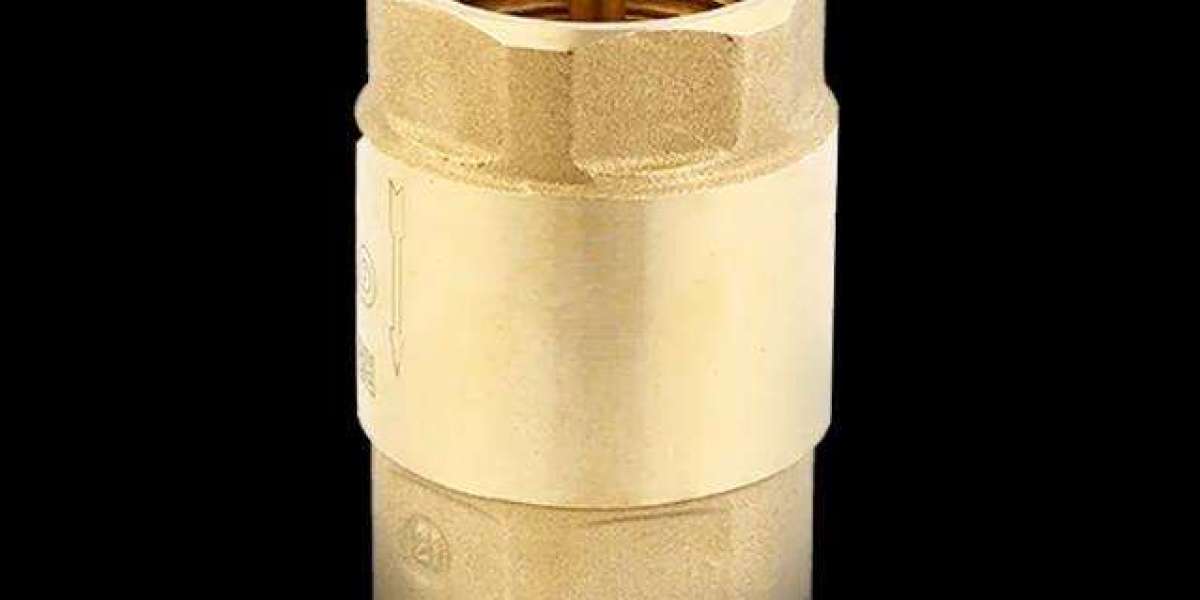Brass Gas Valve Manufacturers must implement a strict quality assurance process
Quality assurance is a fundamental aspect of Brass Gas Valve Manufacturers, ensuring that each product meets stringent safety and performance standards. Given the critical role that gas valves play in controlling gas flow in residential, commercial, and industrial applications, manufacturers must implement rigorous quality assurance processes to maintain reliability and safety.
The foundation of quality assurance in brass gas valve manufacturing is the selection of high-quality materials. Brass, composed of copper and zinc, is chosen for its excellent mechanical properties, including corrosion resistance and strength. To further enhance quality, many manufacturers opt for lead-free brass alloys, which not only meet environmental regulations but also improve the safety and longevity of the valves.
Design and engineering are crucial phases where quality assurance begins. Utilizing advanced computer-aided design (CAD) software, manufacturers can create detailed and precise valve designs. These designs are then subjected to various simulations to predict performance under different conditions. This virtual testing helps identify and address potential issues before the production process begins, ensuring that the final product will perform as expected.
The manufacturing process itself involves several stages, each with its own quality control measures. During the casting stage, molten brass is poured into molds to form the basic shape of the valve. Quality control at this stage involves inspecting the molds and the castings for defects such as cracks or inclusions. These inspections are often conducted using non-destructive testing methods, such as X-ray or ultrasonic testing, to ensure the integrity of the castings.
Machining is another critical stage where precision is paramount. Using CNC (computer numerical control) machines, manufacturers can achieve high accuracy in shaping the valve components. Quality control during machining involves continuous monitoring and measurement to ensure that each component meets the specified dimensions and tolerances. Any deviations are promptly corrected to prevent defects in the final product.
Assembly is the final stage in the manufacturing process, where various components, including seals and handles, are fitted together. Quality assurance during assembly involves verifying that each component is correctly installed and functions as intended. This includes checking for proper alignment, sealing, and operation of the valve mechanism.
Testing is a crucial part of quality assurance in brass gas valve manufacturing. Each valve undergoes a series of tests to verify its performance and safety. Pressure testing ensures that the valve can withstand the required operating pressures without leaking. Endurance testing simulates long-term use to check for wear and durability. Leak testing, often conducted using gas or air, verifies that the valve seals properly and prevents gas from escaping.
Documentation and traceability are essential components of quality assurance. Manufacturers maintain detailed records of each production batch, including material certificates, inspection reports, and test results. This documentation ensures traceability and accountability, allowing manufacturers to track and address any issues that may arise.
Continuous improvement is a key principle in quality assurance. Manufacturers regularly review and analyze quality data to identify trends and areas for improvement. This proactive approach helps in implementing corrective actions and improving processes to enhance product quality continuously.
 การเดินทางสู่สล็อตเว็บตรง 100% - กำลังใจท่ามกลางวงล้อม
การเดินทางสู่สล็อตเว็บตรง 100% - กำลังใจท่ามกลางวงล้อม
 Смысл получения диплома о среднем образовании: Значение и Необходимость в 2024 году
By alanpoe
Смысл получения диплома о среднем образовании: Значение и Необходимость в 2024 году
By alanpoeКаким будет среднее образование в будущем?
By alanpoe Apply for Worldwide e-Visas with Visacent
Apply for Worldwide e-Visas with Visacent
 Explore Your Visa Requirement Before apply for visa online
Explore Your Visa Requirement Before apply for visa online



